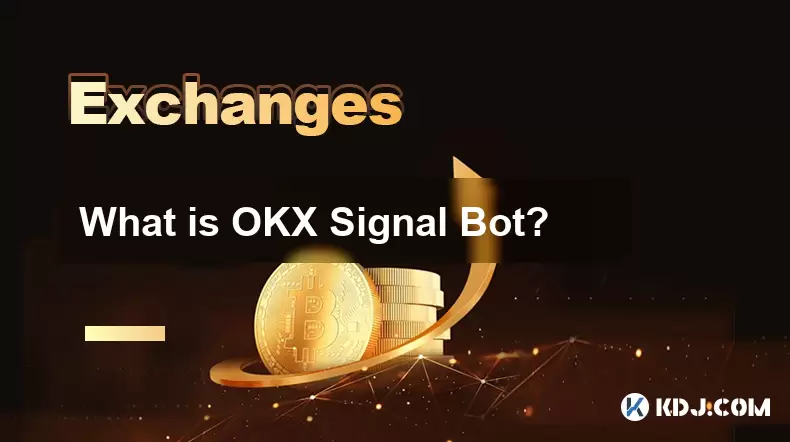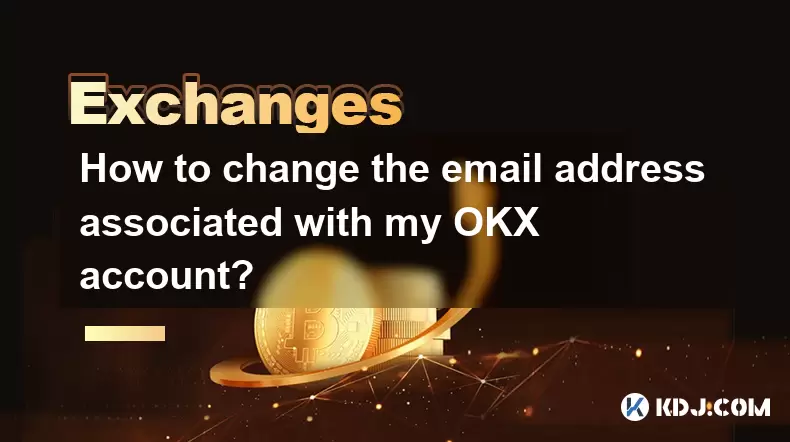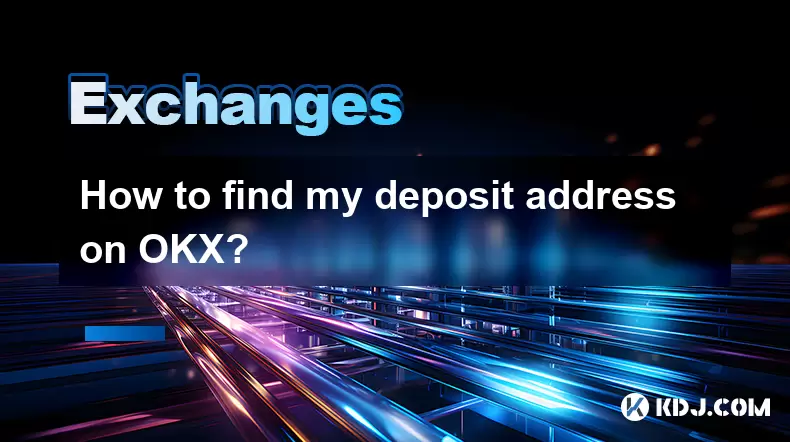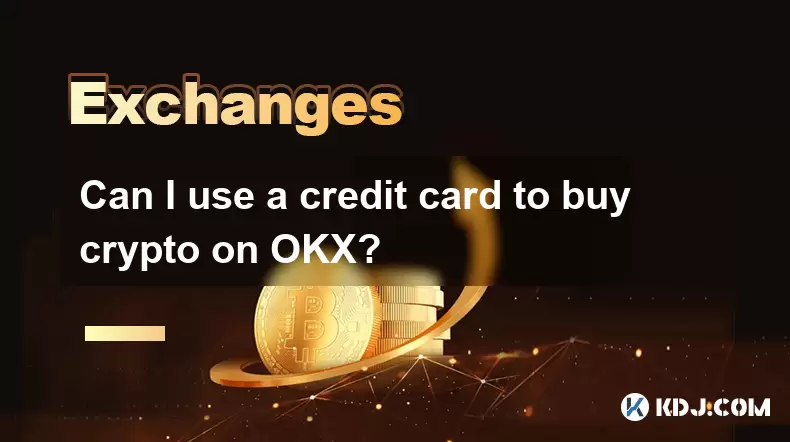-
 Bitcoin
Bitcoin $108,562.4295
0.46% -
 Ethereum
Ethereum $2,533.9553
1.52% -
 Tether USDt
Tether USDt $1.0002
-0.01% -
 XRP
XRP $2.2542
2.23% -
 BNB
BNB $662.4567
1.48% -
 Solana
Solana $151.4114
3.48% -
 USDC
USDC $0.9999
0.00% -
 TRON
TRON $0.2860
0.91% -
 Dogecoin
Dogecoin $0.1685
3.72% -
 Cardano
Cardano $0.5809
1.63% -
 Hyperliquid
Hyperliquid $39.2916
1.85% -
 Sui
Sui $2.8874
0.85% -
 Bitcoin Cash
Bitcoin Cash $496.5801
2.72% -
 Chainlink
Chainlink $13.3582
2.48% -
 UNUS SED LEO
UNUS SED LEO $9.0279
0.07% -
 Avalanche
Avalanche $18.0773
2.30% -
 Stellar
Stellar $0.2426
3.05% -
 Toncoin
Toncoin $2.9086
6.01% -
 Shiba Inu
Shiba Inu $0.0...01170
2.97% -
 Hedera
Hedera $0.1587
3.47% -
 Litecoin
Litecoin $87.4596
1.13% -
 Monero
Monero $317.0425
0.73% -
 Polkadot
Polkadot $3.3778
1.90% -
 Dai
Dai $0.9999
-0.01% -
 Ethena USDe
Ethena USDe $1.0001
-0.01% -
 Bitget Token
Bitget Token $4.4095
0.63% -
 Uniswap
Uniswap $7.3593
6.80% -
 Pepe
Pepe $0.0...09910
3.64% -
 Aave
Aave $274.7388
2.68% -
 Pi
Pi $0.4607
0.48%
How to view transaction history on BitFlyer?
BitFlyer users can easily view and filter their transaction history by date, type, and cryptocurrency, ensuring secure and detailed monitoring of their financial activities.
Apr 15, 2025 at 05:21 pm

Introduction to BitFlyer Transaction History
BitFlyer is a prominent cryptocurrency exchange that allows users to buy, sell, and trade various digital assets. One of the essential features for any user on a cryptocurrency exchange is the ability to view their transaction history. This feature helps users keep track of their financial activities, monitor their investments, and ensure the security of their accounts. In this article, we will guide you through the steps to view your transaction history on BitFlyer, ensuring you can access this crucial information with ease.
Accessing Your BitFlyer Account
Before you can view your transaction history, you need to access your BitFlyer account. Here are the steps to log in:
- Open your preferred web browser and navigate to the BitFlyer website.
- Click on the "Log In" button located at the top right corner of the homepage.
- Enter your email address and password in the respective fields.
- If you have enabled two-factor authentication (2FA), enter the code sent to your mobile device.
- Click on the "Log In" button to access your account.
Navigating to the Transaction History Section
Once you are logged into your BitFlyer account, you will need to navigate to the section where you can view your transaction history. Follow these steps:
- On the main dashboard, look for the "Accounts" tab, usually located at the top of the page.
- Click on the "Accounts" tab to expand the dropdown menu.
- From the dropdown menu, select "Transaction History."
Viewing Your Transaction History
After navigating to the transaction history section, you will be presented with a detailed list of all your transactions. Here’s how to make the most out of this feature:
- Filter Your Transactions: You can filter your transactions by date range, type of transaction (such as deposits, withdrawals, trades), and specific cryptocurrencies. Use the filter options at the top of the page to narrow down your search.
- Reviewing Each Transaction: Each transaction entry will include important details such as the date and time of the transaction, the type of transaction, the amount involved, and the fees charged. Click on any transaction to view more detailed information.
- Exporting Your Transaction History: If you need to keep a record of your transactions for accounting or tax purposes, you can export your transaction history. Look for the "Export" button, usually located at the top right corner of the transaction history page. You can choose to export the data in various formats such as CSV or PDF.
Understanding Different Types of Transactions
On BitFlyer, you will encounter various types of transactions, each with its own significance. Here are some common types of transactions you might see in your transaction history:
- Deposits: These are funds you have added to your BitFlyer account, either in cryptocurrency or fiat currency.
- Withdrawals: These are funds you have withdrawn from your BitFlyer account to an external wallet or bank account.
- Trades: These include buying and selling cryptocurrencies on the BitFlyer platform. You will see details such as the price at which the trade was executed, the quantity of the cryptocurrency traded, and any fees associated with the trade.
- Internal Transfers: These are transfers between different wallets within your BitFlyer account, such as moving funds from your trading wallet to your withdrawal wallet.
Ensuring the Security of Your Transaction History
While viewing your transaction history, it's crucial to ensure the security of your account. Here are some tips to keep your transaction history safe:
- Regularly Monitor Your Transactions: Regularly check your transaction history to detect any unauthorized or suspicious activities. If you notice anything unusual, contact BitFlyer's customer support immediately.
- Use Strong Passwords and 2FA: Always use a strong, unique password for your BitFlyer account and enable two-factor authentication to add an extra layer of security.
- Keep Your Software Updated: Ensure that your web browser and any other software you use to access BitFlyer are up to date to protect against potential security vulnerabilities.
Frequently Asked Questions
Q: Can I view my transaction history on the BitFlyer mobile app?
A: Yes, you can view your transaction history on the BitFlyer mobile app. After logging in, navigate to the "Accounts" section, and then select "Transaction History" to see your transactions.
Q: How long does BitFlyer keep transaction history records?
A: BitFlyer keeps transaction history records for a certain period, typically several years. However, it's always a good practice to export and keep your own records for long-term reference.
Q: Can I view transaction history for a specific cryptocurrency only?
A: Yes, you can filter your transaction history to show transactions for a specific cryptocurrency. Use the filter options available on the transaction history page to select the desired cryptocurrency.
Q: Is there a limit to how many transactions I can view at once?
A: BitFlyer typically displays a certain number of transactions per page, but you can navigate through pages to view more transactions. There is no limit to the total number of transactions you can view, but the system may show them in batches for better usability.
Disclaimer:info@kdj.com
The information provided is not trading advice. kdj.com does not assume any responsibility for any investments made based on the information provided in this article. Cryptocurrencies are highly volatile and it is highly recommended that you invest with caution after thorough research!
If you believe that the content used on this website infringes your copyright, please contact us immediately (info@kdj.com) and we will delete it promptly.
- BNB, Binance, and CZ: What's the Buzz?
- 2025-07-07 06:50:12
- Hedera Hashgraph: ETF Buzz and Bullish Charts – HBAR to the Moon?
- 2025-07-07 06:30:12
- BlockDAG, Pi Network, and SUI Stable: Navigating the Crypto Landscape in '25
- 2025-07-07 07:10:13
- SYRUP Token's Sweet Ascent: TVL Surges and DeFi Growth on Maple Finance
- 2025-07-07 07:15:13
- Bitcoin, Listed Companies, and ETFs: A New York Minute on Crypto Trends
- 2025-07-07 06:30:12
- Stablecoins, Redot Pay, and Korea: A Glimpse into the Future of Payments
- 2025-07-07 07:20:14
Related knowledge

How to get API keys from OKX for trading bots?
Jul 03,2025 at 07:07am
Understanding API Keys on OKXTo interact with the OKX exchange programmatically, especially for building or running trading bots, you need to obtain an API key. An API (Application Programming Interface) key acts as a secure token that allows your bot to communicate with the exchange's servers. On OKX, these keys come with customizable permissions such ...

What is OKX Signal Bot?
Jul 02,2025 at 11:01pm
Understanding the Basics of OKX Signal BotThe OKX Signal Bot is a feature within the OKX ecosystem that provides users with automated trading signals and execution capabilities. Designed for both novice and experienced traders, this bot helps identify potential trading opportunities by analyzing market trends, technical indicators, and historical data. ...

How to change the email address associated with my OKX account?
Jul 07,2025 at 08:07am
How to Change the Email Address Associated with My OKX Account?Changing the email address associated with your OKX account is a crucial process that ensures you maintain control over your digital assets and account security. Many users may find themselves needing to update their registered email due to various personal or technical reasons, such as swit...

Is OKX a good exchange for beginners?
Jul 03,2025 at 05:00pm
What Is OKX and Why Is It Popular?OKX is one of the leading cryptocurrency exchanges globally, known for its robust trading infrastructure and a wide variety of digital assets available for trading. It supports over 300 cryptocurrencies, including major ones like Bitcoin (BTC), Ethereum (ETH), and Solana (SOL). The platform has gained popularity not onl...

How to find my deposit address on OKX?
Jul 06,2025 at 02:28am
What is a Deposit Address on OKX?A deposit address on OKX is a unique alphanumeric identifier that allows users to receive cryptocurrencies into their OKX wallet. Each cryptocurrency has its own distinct deposit address, and using the correct one is crucial to ensure funds are received properly. If you're looking to transfer digital assets from another ...

Can I use a credit card to buy crypto on OKX?
Jul 04,2025 at 04:28am
Understanding OKX and Credit Card PaymentsOKX is one of the leading cryptocurrency exchanges globally, offering a wide range of services including spot trading, derivatives, staking, and more. Users often wonder whether they can use a credit card to buy crypto on OKX, especially if they are new to the platform or looking for quick ways to enter the mark...

How to get API keys from OKX for trading bots?
Jul 03,2025 at 07:07am
Understanding API Keys on OKXTo interact with the OKX exchange programmatically, especially for building or running trading bots, you need to obtain an API key. An API (Application Programming Interface) key acts as a secure token that allows your bot to communicate with the exchange's servers. On OKX, these keys come with customizable permissions such ...

What is OKX Signal Bot?
Jul 02,2025 at 11:01pm
Understanding the Basics of OKX Signal BotThe OKX Signal Bot is a feature within the OKX ecosystem that provides users with automated trading signals and execution capabilities. Designed for both novice and experienced traders, this bot helps identify potential trading opportunities by analyzing market trends, technical indicators, and historical data. ...

How to change the email address associated with my OKX account?
Jul 07,2025 at 08:07am
How to Change the Email Address Associated with My OKX Account?Changing the email address associated with your OKX account is a crucial process that ensures you maintain control over your digital assets and account security. Many users may find themselves needing to update their registered email due to various personal or technical reasons, such as swit...

Is OKX a good exchange for beginners?
Jul 03,2025 at 05:00pm
What Is OKX and Why Is It Popular?OKX is one of the leading cryptocurrency exchanges globally, known for its robust trading infrastructure and a wide variety of digital assets available for trading. It supports over 300 cryptocurrencies, including major ones like Bitcoin (BTC), Ethereum (ETH), and Solana (SOL). The platform has gained popularity not onl...

How to find my deposit address on OKX?
Jul 06,2025 at 02:28am
What is a Deposit Address on OKX?A deposit address on OKX is a unique alphanumeric identifier that allows users to receive cryptocurrencies into their OKX wallet. Each cryptocurrency has its own distinct deposit address, and using the correct one is crucial to ensure funds are received properly. If you're looking to transfer digital assets from another ...

Can I use a credit card to buy crypto on OKX?
Jul 04,2025 at 04:28am
Understanding OKX and Credit Card PaymentsOKX is one of the leading cryptocurrency exchanges globally, offering a wide range of services including spot trading, derivatives, staking, and more. Users often wonder whether they can use a credit card to buy crypto on OKX, especially if they are new to the platform or looking for quick ways to enter the mark...
See all articles

























































































